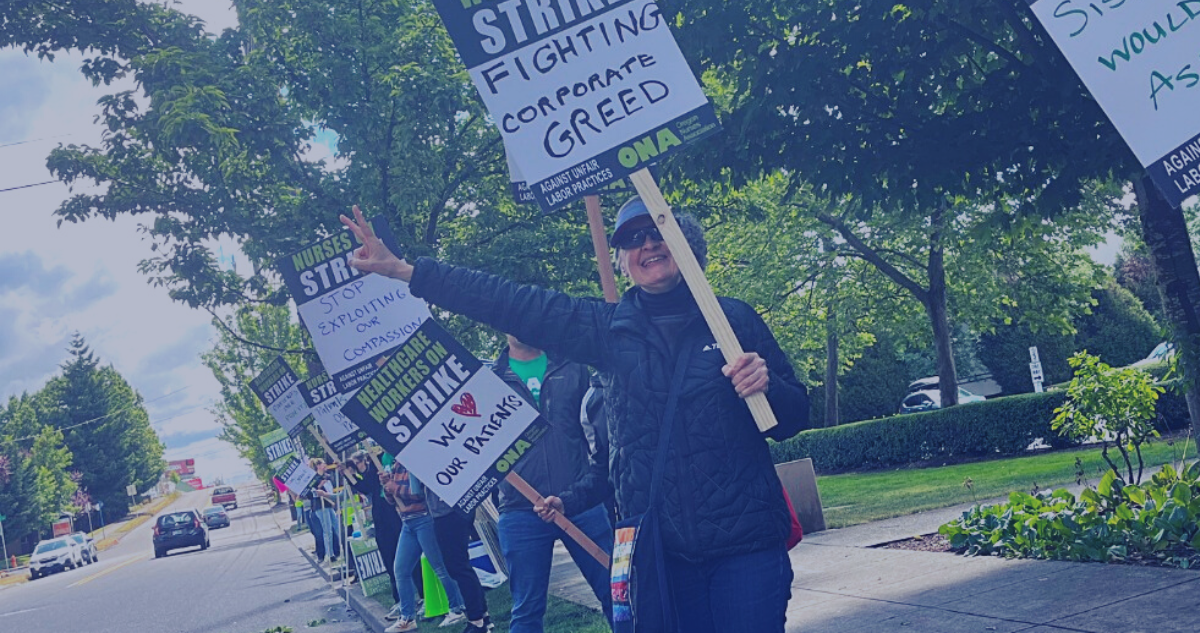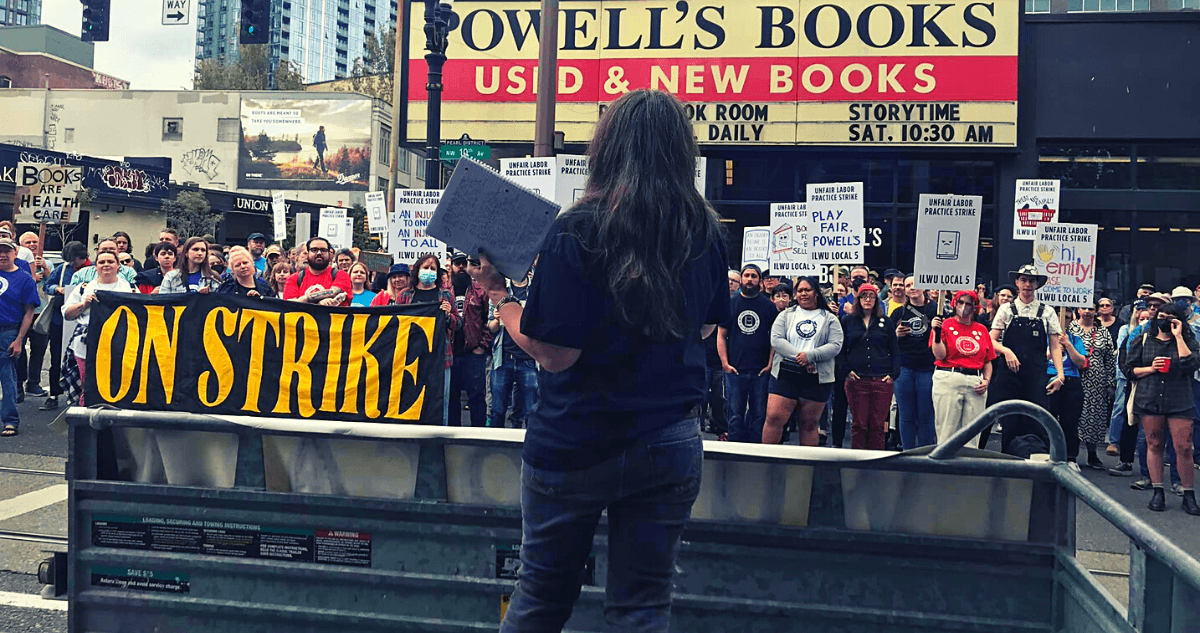News Release
For the typical Oregon worker, this Labor Day arrives at a time of stagnant wages, wide income inequality and scarce jobs. But against this gloomy backdrop, a “ray of hope” exists in the share of the state’s workforce belonging to a union and the positive effects of unionization, according to a new report by the Oregon Center for Public Policy.
“While CEOs in Oregon are still cashing huge paychecks, the fallout from the Great Recession has ratcheted up the pressure on Oregon workers,” said OCPP executive director Chuck Sheketoff.
In real terms, the typical (median) Oregon worker was earning less last year than in 1979, the Silverton-based research institute reported. The average hourly wage for median wage workers was $15.85 in 2009, down from $16.09 in 2001 and lower than the 1979 level of $16.12, when adjusted for inflation. The most recent year for wage data is 2009.
The typical Oregon worker has also lost ground in terms of income, a broader measure than wages. Particularly for high-income households, total income also includes capital gains — gains from investments in stocks and real estate, for example — and dividends.
Oregon’s median household income in 2008 — the most recent year for household income data — was 1.5 percent lower than it was in 1980, after adjusting for inflation.
By contrast, average inflation-adjusted income among the wealthiest 1 percent of Oregon households was up 138 percent over the same period. Even though income dropped for this wealthiest group as a result of the recession, they still maintained gains this decade, the report said. The same could not be said of the typical Oregon household, whose real income in 2008 was lower than in 2000.
While most Oregonians continue to feel the effects of the Great Recession, some CEOs of Oregon-based corporations keep making “fortunes,” according to OCPP. Their report noted that average compensation among the 40 highest-paid CEOs of Oregon-based public companies in 2009 was $1.9 million — nearly 40 times the average annual earnings of Oregon workers generally.
“The fortunes racked up by some CEOs every year illustrate just how unbalanced our society has become,” said Sheketoff. “Income inequality is one of the most serious economic problems that Oregon and the nation face.”
OCPP also estimated that corporate profits in Oregon were about $15 billion in 2009. That figure is down from the peak of $20.6 billion in 2006, but still well above the 1999 level of $9.1 billion. And, the report added, projections show corporate profits rebounding in 2010.
What won’t rebound anytime soon are jobs, OCPP said. In 2010, Oregon is projected to have only 65 jobs available for every 100 working-age Oregonians, the report said. That’s well below the 70 jobs available per worker at the low point of the 2001-03 recession. And a return to even that unfavorable level will not come until 2015.
While most of the report offered a bleak set of statistics concerning Oregon workers, OCPP did find a bright spot in its analysis — the share of the state’s workforce belonging to a union and the effects of union membership.
Last year was the third year in a row that Oregon’s unionization rate rose, the report said. Union members made up 17.0 percent of Oregon’s workforce in 2009, higher than the low-point of 13.8 percent in 2006 and the highest figure seen since 1997.
Sheketoff said that the change is related in part to the loss of jobs in the recession, but that membership growth may also be related to unions’ success in reaching out to workers in new industries.
Unions substantially boost wages and benefits for workers they represent, especially for low-wage workers, according to the report. For example, data for 2003-07 show that the typical worker in Oregon got a 16.5 percent wage boost by being in a union, while the lowest-paid workers saw a wage gain of 21.1 percent.
The benefits of unionization also spill over to non-union workers, the report said, noting that in industries with a strong union presence, even non-unionized workers receive higher wages than similar workers in less unionized industries.
“A strong union voice is essential for reviving the fortunes of ordinary Oregonians,” said Sheketoff. “That’s why the resilience of unions in our state is a ray of hope.”
The Oregon Center for Public Policy is a non-partisan research institute that does in-depth research and analysis on budget, tax and economic issues. The Center’s goal is to improve decision making and generate more opportunities for all Oregonians.








